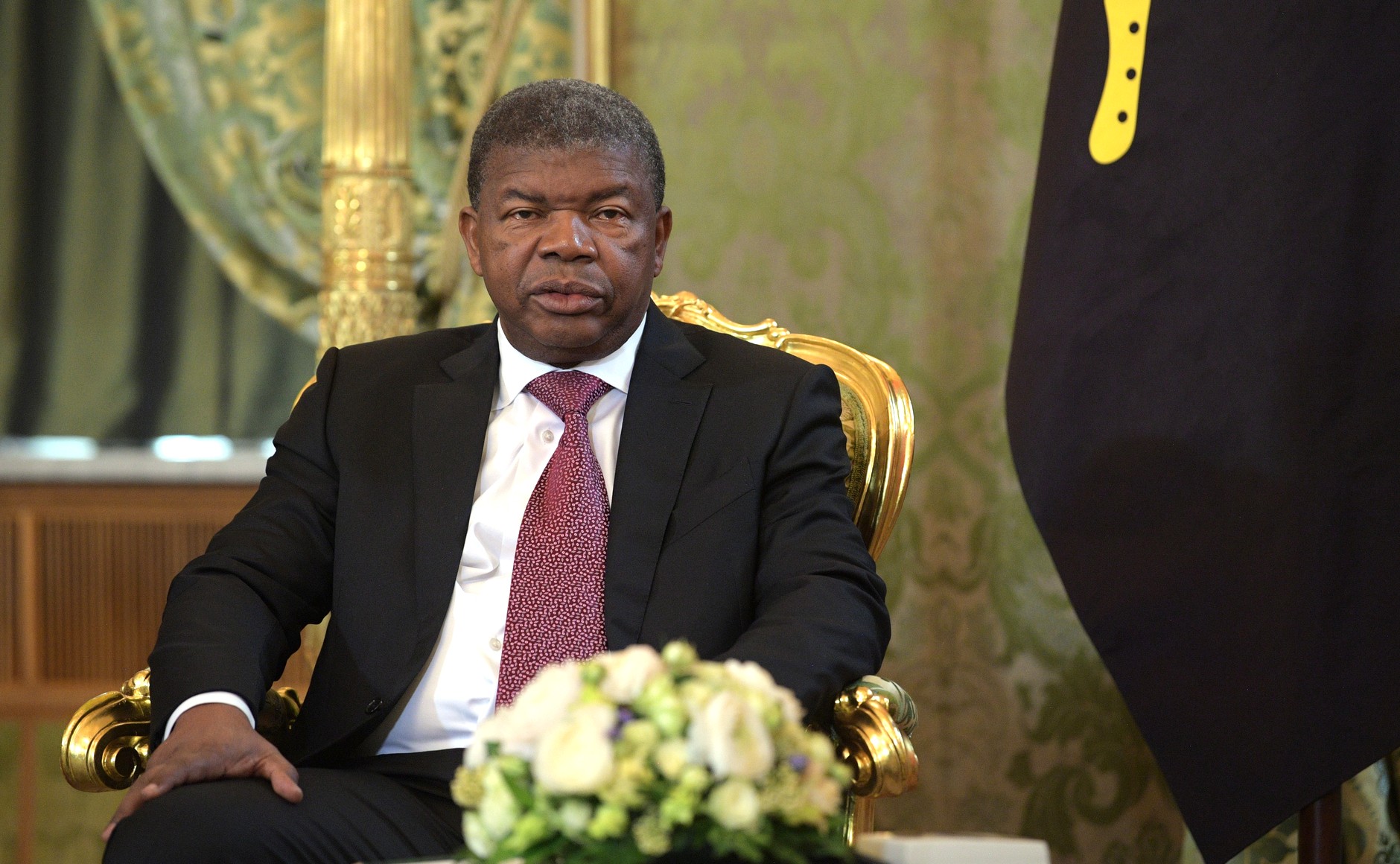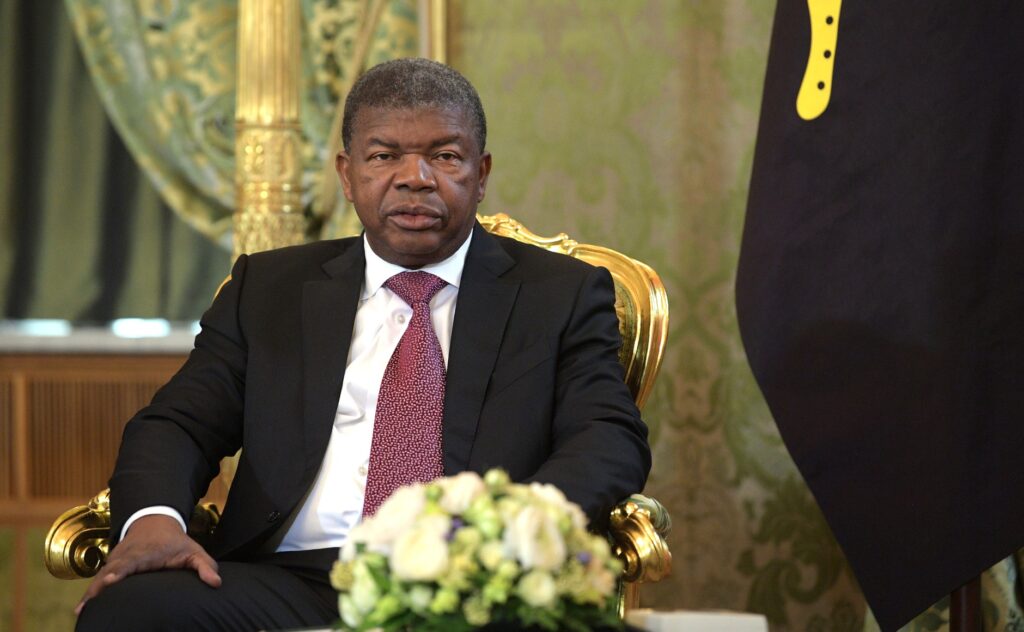
By Kester Kenn Klomegah*
MOSCOW (IDN) – Many African countries are looking for profitable business, investment and trade rather than development aid. Now Angola, a south-central Africa, has announced corporate plans to diversify its state business away from purchasing to full-fledged manufacturing of Russian military equipment for the southern African market, and possibly other regions in Africa – impeding realization of the Sustainable Development Goal 16 calling for peace and justice. (P02) JAPANESE TEXT VERSION PDF | PORTUGUESE | SWAHILI
Should Angola become a key producer and distributor of Russian arms, there is always the possibility some of them could eventually appear outside Angola in the 16-member Southern African Development Community (SADC) region, warns Professor David Shinn at the Elliott School of International Affairs, George Washington University.
“Weapons produced by any country can and do appear in African conflict zones. There is plenty of documentation, for example, that weapons made in China, Russia, and Western countries are being used in ongoing conflicts in Darfur, the eastern Congo, and Somalia,” says Professor Shinn, a former U.S. Ambassador to Ethiopia (1996-99) and Burkina Faso (1987-90).
In some cases, African governments have transferred the arms to rebel groups and many others have been purchased on the international arms market, he adds.
Professor Shinn added that South Africa has the most advanced capacity to produce military equipment followed by Egypt. Sudan, which received assistance from China and Iran in building its arms industry, and Nigeria, among others, also have the ability to produce military equipment. In this sense, what Angola proposes to do (i.e. to establish a manufacturing plant) is not much different except that it would, reportedly, be assisted by the Russian Federation.
Nevertheless, Professor Shinn hopes that possible Angolan arms export initiatives would be subject to approval by the Angolan parliament, and be of great interest for SADC, the African Union and Security Council of the United Nations.
On February 29, 2019, the Security Council adopted a resolution that outlines steps leading towards the goal of ending conflict in Africa through enhanced international cooperation and partnership as well as robust support for peace operations led by the African Union.
Unanimously adopting resolution 2457 (2019) at the outset of a day-long open debate, the Council welcomed the 54-nation African Union’s determination to rid the continent of conflict through its “Silencing the Guns in Africa by the Year 2020” initiative, expressing its readiness to contribute to that goal.
The importance of this resolution is underlined by the fact that there are currently fifteen African countries involved in war, or are experiencing post-war conflict and tension. In West Africa, the countries include Cote d’Ivoire, Guinea, Liberia, Nigeria, Sierra Leone, and Togo. In East Africa, the countries include Eritrea, Ethiopia, Somalia, Sudan, Uganda.
President João Lourenço of Angola revealed his plan to manufacture Russian weapons in an exclusive interview to the Russian news agency Itar-TASS during his four-day official visit to Moscow from April 2-5, 2019. He said that Angola is one of the principal buyers of Russian arms and that his country wants not only to buy but also produce.
“As for our military and technical cooperation with Russia, it will continue and be deepened. We would like to evolve from our current state of purchasers of Russian military equipment and technologies towards becoming the manufacturers and having an assembly plant of Russian military equipment in our country,” he told the news agency.
Although this was Lourenço’s first official visit to Russia as Angola’s President, he has first-hand knowledge about the Russian capital, since he studied at the Military-Political Academy from 1978-1982.
Over the years, Russia has made “military-technical cooperation” an important part of its foreign policy objectives with Africa. According to Angola’s Defence Minister Salviano de Jesus Sequeira, Russia has already delivered six SU-30K fighter jets to Angola this year and two more are expected by the end of May.
Besides, Sequeira said, the country is interested in buying Russian S-400 air defence systems, but there are no talks about this because of economic difficulties, and added that “Angolan armed forces are used to work with Russian weapons”. For that reason, military cooperation between the two countries will last forever.
According to the Ministry of Defence website report, Russia agreed to supply arms and military equipment to Angola worth US$2.5 billion, including spare parts for the Soviet-made weaponry, light weapons, ammunition, tanks, artillery and multi-purpose helicopters.
In a research report titled “Angola: Russia and Angola – the Rebirth of a Strategic Partnership” that was released by the South African Institute of International Affairs (SAIIA), the authors Ana Christina Alves, Alexandra Arkhangelskaya and Vladimir Shubin acknowledged that “defence remains the most solid Russia-Angola cooperation dimension. To date, Russia is Angola’s most strategic military partner.”
Ana Christina Alves, a Senior Researcher at the SAIIA’s Global Powers and Africa Programme explained further that “the military equipment is, undoubtedly, the largest and most profitable side of Russia’s trade with Africa – of which the figures unfortunately don’t feature in official bilateral trade data. If these were included, the bilateral trade volume would appear much more impressive. This is, perhaps, the strongest dimension of Russia’s dealings in Africa at present, but because of the nature of the business very little is known outside military circles, so hard to get the actual picture.”
Military-technical cooperation has long been a priority area in bilateral ties, with the Soviet Union beginning to supply weapons for guerrilla units back in the 1960s, Andrei Tokarev, Head of the Center for Southern African Studies at the Russian Academy of Sciences, told Kommersant, local Russian financial daily newspaper.
“However, with the fall of the apartheid regime in neighbouring South Africa in 1994 and the end of the civil war in 2002, Angola has no potential enemies, so the need for arms supplies has dwindled. In recent years, Angola’s leadership has had plans to turn the country into a base to repair Soviet equipment for African countries. For its part, South Africa had similar business ideas as well. One cannot rule out that the proposal to both purchase and produce (manufacture) weapons is an attempt to outmanoeuvre South Africa, but the local industry is not yet ready to manufacture its own military equipment,” explained Andrei Tokarev.
Foreign experts have also expressed their concern. Professor Alex Vines, Head of the Africa Programme at Chatham House, who recently served as a member of the Commonwealth Observer Group to Ghana in 2016 and a UN election officer in Mozambique and Angola, in an emailed discussion acknowledged Russia’s military-technical cooperation with African countries.
He wrote in an email from London that “the Angolan military partnership with Russia has been tight for many years and a significant part of procurement through its Simportex is with Russia. This continues as Russia delivered six SU-30K fighter jets this year and [Angola] is interested in procuring a Russian S-400 air defence system. The new development is seeking a partnership with Russia for manufacturing defence equipment in Angola. Russia has a series of maintenance facilities in Africa . . . but this would be a significant development.”
Furthermore, he said that his own experience of Angola, including being a UN sanctions inspector, “is that Angolan arsenals have not been a major problem for theft, but the biggest concern was the sale of old weapons and munitions from stores to independent brokers who then sold the equipment onto sanctioned entities.”
Professor Shinn said in an email interview that particularly in view of Angola having purchased SU-30K aircraft one has to ask why the country needs such a high performance fighter aircraft and who is the potential enemy? [IDN-InDepthNews – 08 April 2019]
Related article: Russia and Angola Stuck between Diplomatic Rhetoric and Business Reality
Photo: President of Angola Joao Lourenco.
IDN is flagship agency of the International Press Syndicate.












